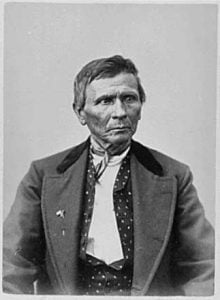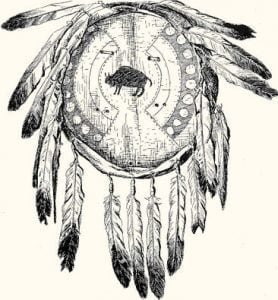Treaty of June 20, 1818
A treaty of peace and friendship, made and concluded by, and between, William Clark and Auguste Chouteau, Commissioners of the United States of America, on the part and behalf of the said States, of the one part, and the undersigned, chiefs and warriors of the Pawnee Republic, on the part and behalf of their tribe, of the other part. The parties, being desirous of establishing peace and friendship between the United States and the said tribe, have agreed to the following articles: Article I. Every injury or act of hostility, by one or either of the contracting parties, against the … Read more






